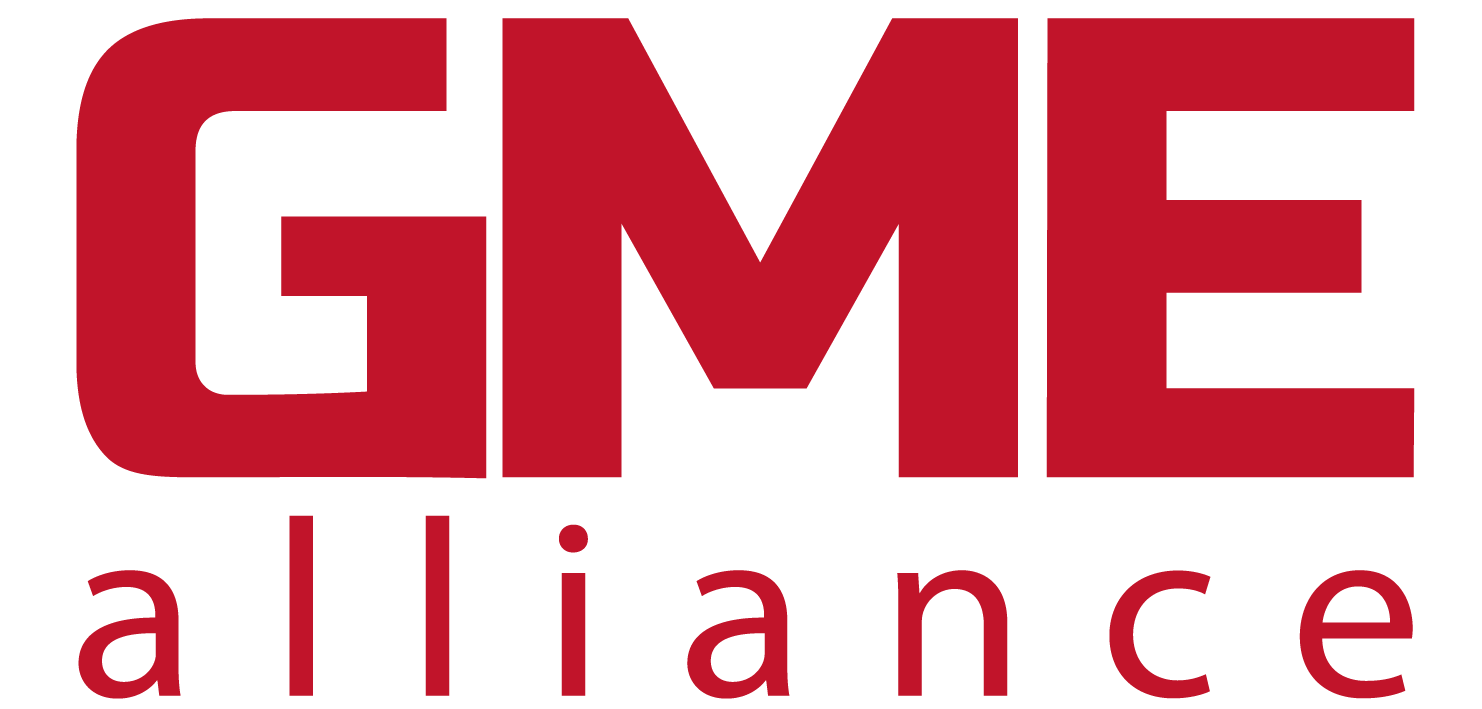Secondary Cities, Primary Opportunity:
The Case for Garden-Style Apartments and Townhomes
Beyond the Big Cities: Where Growth and Opportunity Actually Converge
In the race to deploy capital into real estate, too much focus remains on the same familiar markets: coastal gateway cities with high costs, dense urban cores, and saturated competition. Yet the data tells a different story. The fastest population and job growth in America is not happening in Manhattan, San Francisco, or Chicago; it’s happening in what many still call “secondary” markets: places like Tampa, Kansas City, Columbus, and Orlando.
These cities aren’t just affordable alternatives; they are now central players in the country’s economic engine. The pandemic accelerated a migration pattern that was already underway, as households and employers alike sought lower costs of living, shorter commutes, and a better quality of life. Census Bureau data from 2023 confirms that Florida alone added over 365,000 new residents last year, while Midwestern cities like Columbus and Indianapolis continue to post above-average job growth and positive net migration.
For investors seeking durable, risk-adjusted returns, these shifts present a primary opportunity, not a secondary one.
The Economics of Garden-Style and Town home Developments
In these growing metros, the right product type is just as important as the right location. Garden-style apartments and townhomes have emerged as the most financially feasible and operationally sound forms of housing construction in these markets. Compared to high-rise or podium-style developments, garden-style and townhome projects offer:
- Lower construction costs per unit (typically 15–25% less than concrete mid-rise or high-rise projects).
- Faster development timelines due to conventional wood-frame construction and reduced regulatory complexity.
- Greater flexibility in unit mix and site planning, allowing for green spaces, surface parking, and community amenities that renters value.
According to data from Yardi Matrix, garden-style apartments consistently achieve occupancy rates of 95% or higher across many secondary markets, often outperforming mid-rise luxury product. The lower price point for renters and the family-friendly layouts make these assets appealing to the widest renter pool.
Townhomes, whether offered as for-sale units or build-to-rent communities, fill a critical gap between traditional apartment living and unattainable single-family ownership. In markets where land is available at scale and households are looking for more space without the burden of home maintenance, townhomes provide the ideal middle ground. Research from the Urban Land Institute (ULI) shows that build-to-rent townhome communities are leasing up faster than multifamily apartments in many Sunbelt and Midwest regions, driven by high demand from millennials and Gen Z households delaying home purchases.
Why Secondary Markets Offer Better Underwriting Conditions
The cost of land and labor is lower in secondary metros, but that’s only part of the story. These markets also offer:
- Stronger rent-to-income ratios, where renters are less burdened relative to their wages.
- Less competition from oversupply, as major institutional players remain heavily concentrated in the largest metros.
- Local policy support, including zoning flexibility and incentive programs like Florida’s Live Local Act, which streamlines approvals and encourages mixed-income development.
Take Florida as a case study. Under the Live Local Act, developers can build to the highest allowed density on any commercially zoned parcel if a portion of units are reserved for affordable or workforce housing. This creates an underwriting advantage not easily matched in traditional primary markets, where zoning and entitlement hurdles can delay projects by years.
Similarly, in Midwestern cities like Columbus and Kansas City, proactive economic development efforts are recruiting new employers, providing tax abatements, and streamlining permitting processes, directly supporting the thesis for timely, efficient, and profitable housing delivery.
The Activation Effect: Retail, Walkability, and Community Value
GME Alliance’s strategy isn’t just about where to build but how to build. Projects that embrace human-scale design (including retail anchors, walkable layouts, and community gathering spaces) deliver more than just shelter. They create destinations where people choose to stay, connect, and spend.
National studies show that walkable, mixed-use neighborhoods command rent premiums of 10–20% over comparable car-dependent developments. Tenants in these environments report higher satisfaction rates and lower turnover. Retail spaces, when thoughtfully integrated into residential communities, serve as activation points that enhance both livability and asset value.
By focusing on these dynamics, GME Alliance positions its investments at the intersection of affordability, livability, and long-term stability, where both tenants and investors win.
